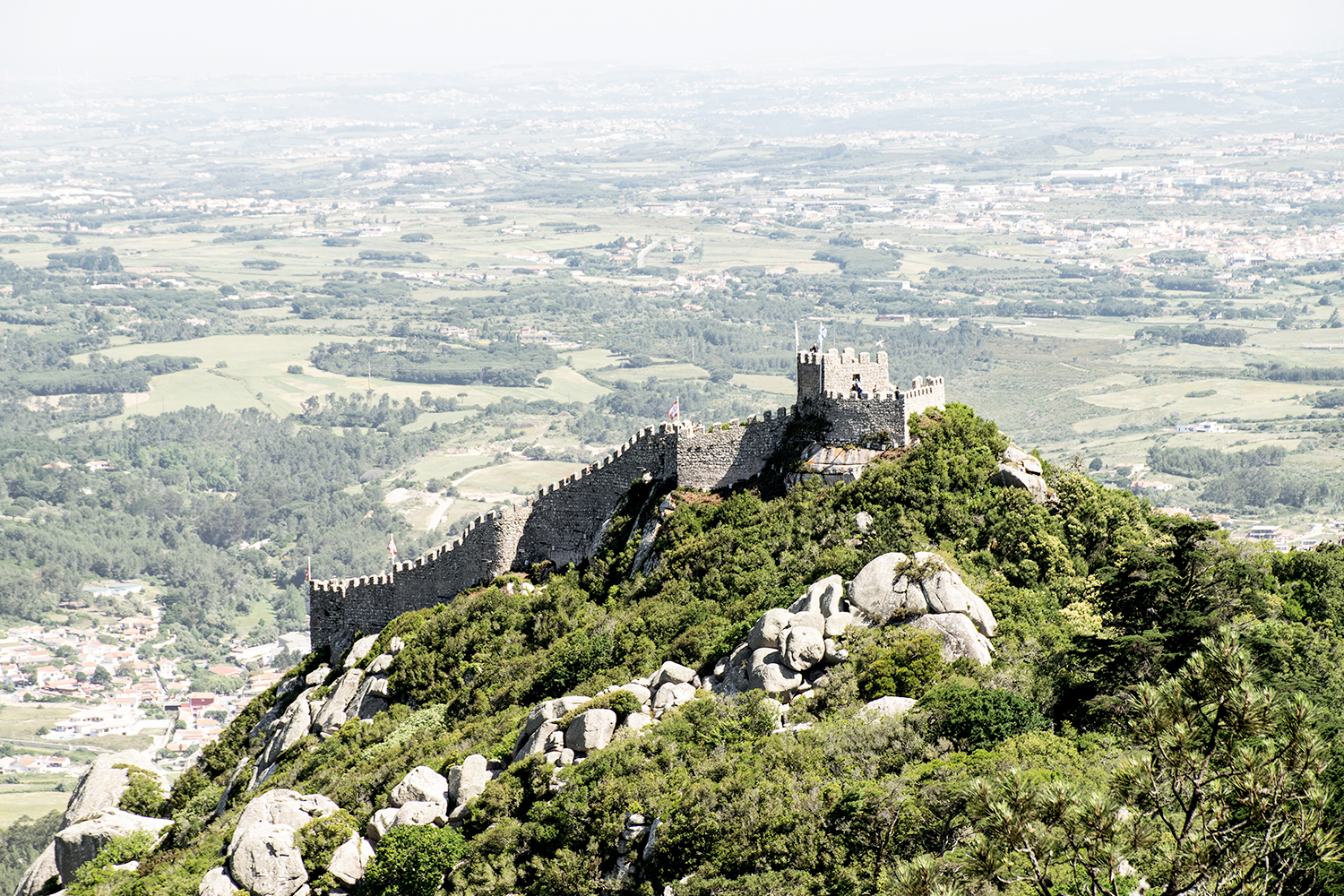trogir, croatia
A(NOTHER) LITTLE DALMATIAN TOWN BY THE SEA
The Dalmatian coast of Croatia is dotted with little towns, each as picturesque as the next, filled with ancient Roman architecture, palm trees, historic churches and town squares, all with a backdrop of sparkling clear blue waters of the Adriatic Sea.
To most foreign visitors to the region, Trogir is the town you drive by if you fly into Split Airport. A part of the scenery introducing you into the region, but hardly a destination in itself. But to those who do stop by, it makes for a pretty side trip, a peaceful afternoon, a postcard perfect pause.
Trogir is a short drive or bus ride from Split, and an even shorter one from the airport. The charming coastal down has the same old town vibe as Split, but is much more quiet. Sure, there’s not a whole lot to do here, but as a designated UNESCO World Heritage site, one could argue the town is in itself a tourist attraction. It’s a low stakes side trip, a half day trip, or a quick pit stop on a road trip down the coast.
Given the size of the town, Trogir is the kind of place you can probably come in cold. The historic core sits on a little island nestled between the mainland and larger island of Čiovo.
Wandering the cobblestone streets, meandering through the well-preserved medieval square and strolling along the riva is as much of an itinerary you’d need. Sit down at a cafe for an hour or three. Walk out into the harbor, across to Čiovo and catch golden hour over the town.
The scenery is serene: historic architecture with a backdrop of Mediterranean mountains and glistening clear blue water.
The star of the show, like in many of these towns, is the church tower: the beautifully preserved Romanesque-Gothic Cathedral of St. Lawrence. The waterfront promenade (aka “riva”) follows the southern coast, ending at the 15th century Kamerlengo Fortress, which sits on the southwest end of the island, and offers panoramic views of the old town and Čiovo beyond.
Walking through Trogir feels like walking in a life size museum exhibition or back lot movie set. The historic architecture from Hellenistic to the Venetian to Medieval is remarkably intact. And the life that happens within its ancient walls feels almost too perfect to be a part of contemporary world. It helps that the pace felt slower, even in the already laidback Dalmatian time, making one feel closer, less like a visitor, more like a participant. All in all a perfect side quest that is much less touristy than Split, and much closer than Dubrovnik and Zadar.
note: this is an archival look back from a trip in 2016
GETTING HERE
Trogir is about a 30 minute drive from Split, and just a 10 minute drive from the Split Airport. From downtown Split, there is a local bus that can take you there, as well as Flix bus.
WHEN TO COME
Warmer months (May through September) is high season for Dalmatia, and the best time weather-wise, but given Trogir isn’t too much of a tourist destination, any time is a good time.
FOOD & DRINK
There is a market on the outer canal of the town, and several local cafe-bars and restaurants within the city center, serving fare pretty similar to other Dalmatian towns.

